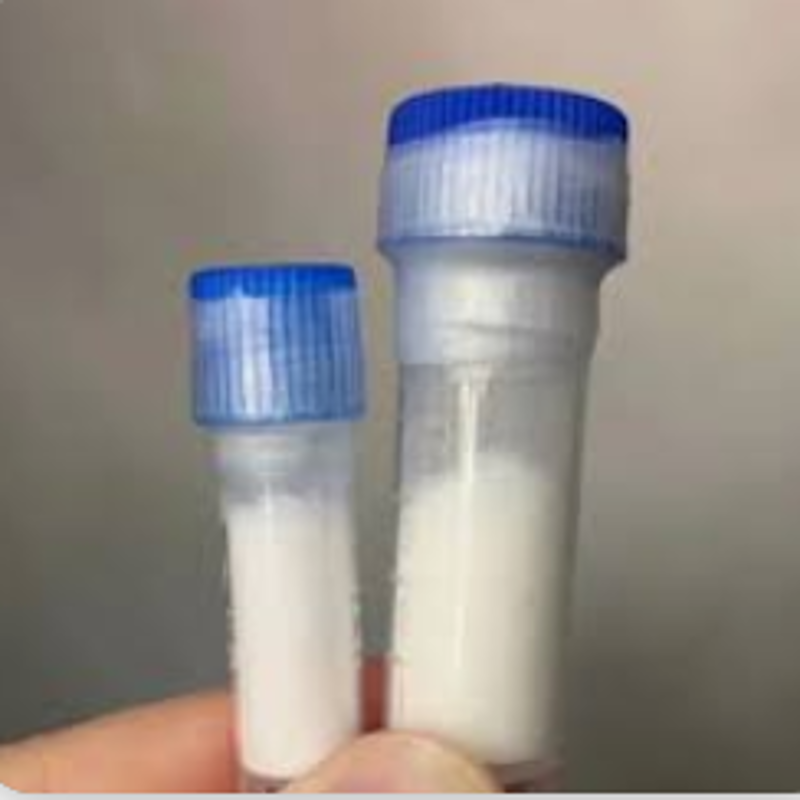-
Categories
-
Pharmaceutical Intermediates
-
Active Pharmaceutical Ingredients
-
Food Additives
- Industrial Coatings
- Agrochemicals
- Dyes and Pigments
- Surfactant
- Flavors and Fragrances
- Chemical Reagents
- Catalyst and Auxiliary
- Natural Products
- Inorganic Chemistry
-
Organic Chemistry
-
Biochemical Engineering
- Analytical Chemistry
-
Cosmetic Ingredient
- Water Treatment Chemical
-
Pharmaceutical Intermediates
Promotion
ECHEMI Mall
Wholesale
Weekly Price
Exhibition
News
-
Trade Service
MRI is an indispensable imaging test and evaluation tool
for the diagnosis and treatment of spinal diseases.
Although scans of the spine are relatively common and simple in clinical scans, the simpler the area, the more difficult it is to do it well
.
To achieve excellent image quality, you need to pay attention to more
detail.
This issue focuses on the key points
of spinal MRI scanning.
About positioning
.
Reasonable and standardized set-up is a prerequisite for excellent image quality and the key to
a successful completion of the entire inspection.
Avoid changes in the physiological curvature of the spine caused by human factors
.
For special cases, scans can be performed in special positions depending on clinical needs
.
As shown in the figure above, if the patient with Hirayama disease is examined with MRI examination, the cervical spine should be examined ≥ 35° flexion
.
About sequences
.
The scanning of the spine often adopts the multi-sequence comparison of T1WI+T2WI+T2WI lipid compression, and the scanning mode
of sagittal + transverse axis is mainly used, supplemented by coronal position.
Routine: sagittal T1WI+T2WI+T2WI lipid compression, T2WI in the transverse axis; Add coronal position
if necessary.
Sequences can be
2D or 3D.
The FOV of spinal scan is large, and the surrounding anatomical structure is complex, and there are many moving organs, such as unreasonable selection of lipid pressing technology, and it is difficult to obtain ideal image quality
.
If enhancement is required, after intravenous injection of conventional dose contrast medium, T11WI lipid compression sequence can be used to scan transverse, sagittal, and coronal positions
.
About parameters
.
Due to the wide scanning range of the spine and the complex anatomical structure of the surrounding tissues, in the actual scanning, it is necessary to optimize the parameters reasonably to obtain a more ideal image quality
.
In the scan of the spine, FOV should be set up reasonably
.
FOV is too small to make a holistic assessment of the lesion; If the FOV is too large, too many artifacts will be introduced, and the 2D sagittal bit suggests parameters:
Smaller voxel scans are recommended for spinal scans to improve image resolution and reduce truncation artifacts
.
In the direction of frequency coding, the water/lipid interface produces chemical shift artifacts, and the displaced pixels are closely related
to the field strength and bandwidth.
In high field strengths, it is not advisable to use a bandwidth scan that is too narrow
.
About artifacts
.
The principle and process of MRI imaging are complex, and the image is affected by many factors, and it is easy to produce corresponding artifacts
.
Proper recognition of artifacts in spinal scans is key
to achieving excellent image quality.
Peripheral signal artifacts
caused by improper selection of coil units.
Rational use of saturation band (above) and gating technology can effectively improve the influence
of swallowing, respiration and heart and large blood vessel pulsation on the image.
There are more large blood vessels around the thoracic spine, and it is affected by breathing and heart beat, which is the most difficult segment to do well in spinal scans, followed by the lumbar
spine.
Especially for enhanced scanning, parameter optimization is the key to improve while using the above measures, such as sequence selection, magnetic field uniformity improvement, etc
.
The presence of cerebrospinal fluid and adipose tissue provides a high signal-to-noise ratio and excellent image contrast for MRI images of the spine, so MRI has great clinical advantages
in the imaging of the spine.
But to take advantage of this, it must be based on normalized and personalized scanning
.
This "normalization" has been mentioned many times in the early stage, including a series of links from pre-inspection preparation to image output; "Personalization" should start from clinical needs and reasonably adjust the scanning protocol
.







